11 Strategies for IRA Withdrawals in Retirement
When you invest in an IRA, 401(k) or other tax-deferred plan, you make a deal with Uncle Sam: You get years of tax-deferred growth, but you have to start taking money out—and give a cut to the IRS—after you turn age 70½.


When you invest in an IRA, 401(k) or other tax-deferred plan, you make a deal with Uncle Sam: You get years of tax-deferred growth, but you have to start taking money out—and give a cut to the IRS—after you turn age 70½. The calculations can be complicated, and the penalties for missteps are steep: If you don’t take the required minimum distribution by the deadline each year, you’ll pay a penalty of 50% of the amount you should have withdrawn.
The prospect of taking RMDs and facing the tax bill can be daunting, but there are a number of strategies you can use to minimize taxes, make the most of your investments and avoid costly mistakes.

Calculate the Amount of Your RMD Withdrawals
Your RMDs are based on the balance in your accounts as of December 31 of the previous year, divided by a life expectancy factor based on your age. Most people use the Uniform Lifetime table (Table III) in Appendix B of IRS Publication 590-B. If your spouse is more than 10 years younger than you and is your sole beneficiary, use Table II, the Joint Life and Last Survivor table, for the life expectancy factor.
Your IRA or 401(k) administrator can usually help with the calculations, or you can use our RMD calculator to determine the amount.

Time Your RMDs Right
You usually have to take your annual RMD by December 31, but you have until April 1 of the year after you turn 70½ to take your first required withdrawal. However, delaying that first withdrawal means you’ll have to take two RMDs in one year, which could have a ripple effect on other areas of your finances. The extra income could bump you into a higher tax bracket, make you subject to the Medicare high-income surcharge or cause more of your Social Security benefits to be taxable.

Pick the Best Accounts for RMDs
You have to calculate the RMD from each of your traditional IRAs (not Roths), including rollover IRAs and any SEP or SIMPLE IRAs. But you can add the total required withdrawals from all of those IRAs and take the money from any one or more of the IRAs.
When choosing which account to tap first, “pick the one you like the least,” says Mari Adam, a certified financial planner in Boca Raton, Fla. You could start with withdrawals from the IRA that has the highest fees, limited investing choices or a concentration in one stock, she says.
IRAs are owned individually, even if you’re married and file a joint tax return, so you and your spouse have to take your RMDs from your own accounts.

Understand How 401(k) Rules are Different
If you have several 401(k) accounts with former employers, you have to calculate and withdraw RMDs separately for each 401(k). You even have to take RMDs from Roth 401(k)s, although those withdrawals are not taxable. You can’t take 401(k) account RMDs from your IRAs or vice versa.
If you’re still working at 70½, you may be able to delay taking your RMD from your current employer’s 401(k) until April 1 of the year after you stop working (unless you own more than 5% of the company). But you still have to take RMDs from traditional IRAs and former employers’ 401(k)s.
If your current employer allows it, you may be able to roll funds from other 401(k)s into your current plan and avoid taking RMDs on that money while you’re still working. But those rules vary by plan, says Joe Gaynor, director of retirement and income solutions at Fidelity Investments.

Choose the Right Investments to Withdraw
Some IRA or 401(k) administrators automatically withdraw RMDs proportionately from each of your investments, unless you specify otherwise, and they could end up selling stocks or funds at a loss to make your payment. If you’d like to prevent that from happening, you can usually elect to take a fixed percentage from each of your investments or have 100% taken from cash. If you choose the cash option, the IRA administrator may send you an alert beforehand in case you need to sell shares to raise the cash.
Adam generally likes using pro rata withdrawals because it lets you keep your investment allocation the same, although sometimes she will withdraw more from one investment to rebalance the account.
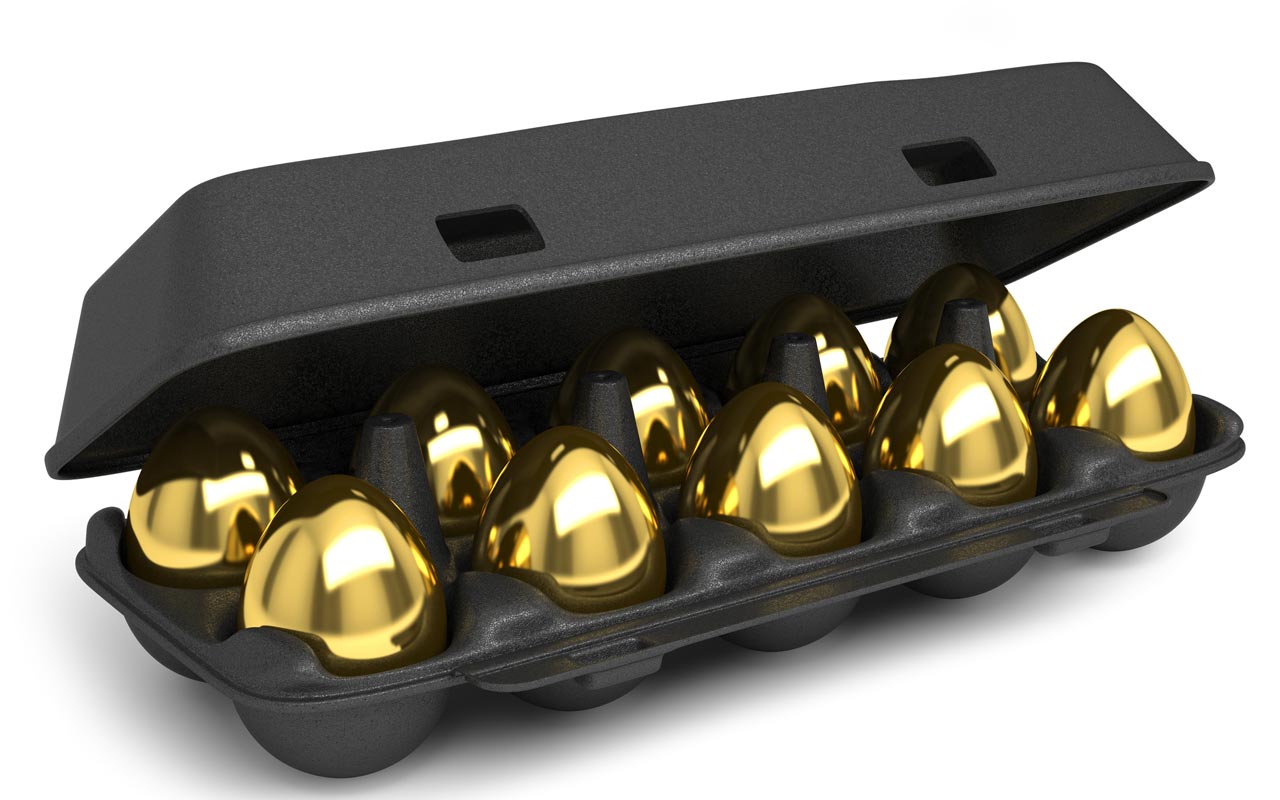
Automate Your RMDs
If you want to simplify the process and not worry about missing deadlines, most IRA administrators will let you automate your RMDs. You can usually sign up to have the money withdrawn every month or quarter, or by a certain date each year. Make sure you understand how the IRA administrator chooses which investments to sell.

Donate to Charity and Get a Tax Break
After you turn 70½, you can transfer up to $100,000 directly from your IRA to charity each year (called a qualified charitable distribution), which counts toward your RMD but isn’t included in your adjusted gross income. This strategy can be particularly helpful now that fewer people itemize their deductions and otherwise wouldn’t get a tax break for their charitable gifts.
You can make the transfer to one or more tax-qualified charities (but not to a donor-advised fund). The transfer must be made directly from your IRA to the charity to count as a QCD; you can’t withdraw the money first. Ask your IRA administrator about its procedure. Most send the money directly from your account. A few let you write a check to the charity if you have check-writing privileges on your IRA. Let the charity know the money is coming so they can send you a confirmation, which you’ll need to keep with your records (see below).

Roll Money Over to a Roth
You don’t have to take RMDs from Roth IRAs, so any money you’ve rolled over from a traditional IRA to a Roth avoids future RMDs. However, you’ll have to pay taxes on the rollover, and if you do it after age 70½, you’ll have to take that year’s RMD before rolling over the money.

Consider a QLAC
Money you invest in a deferred-income annuity known as a qualified longevity annuity contract is removed from your RMD calculation. You can invest up to $130,000 from your IRA in a QLAC (or up to 25% of the balance in all of your traditional IRAs, whichever is less) at any age (most people do this in their fifties or sixties). You pick the age when you’d like to start receiving annual lifetime income, usually in your seventies or eighties (no later than age 85).
For example, a 60-year-old man who invests $130,000 in a QLAC could receive about $37,000 per year starting at age 80. That removes $130,000 from future RMD calculations, and he won’t have to pay taxes on that money until he starts to receive the $37,000 annual payouts at age 80. If he dies before age 80, he won’t receive anything—although he could get a version with smaller payouts that will give his heirs the difference if he dies before his payouts equal his investment.

Don’t Pay More in Taxes Than You Have To
If all of your IRA contributions were made with pretax or tax-deductible money, your RMDs will be fully taxable. But if you made any nondeductible contributions, a portion of each withdrawal will be tax-free. Keep track of your tax basis on Form 8606 so you don’t pay more in taxes than you owe. For more information, see the instructions for Form 8606 at IRS.gov.

How to Report Your Generosity
If you made a tax-free transfer of your RMD to charity (called a qualified charitable distribution), you might be confused when you receive Form 1099-R from your IRA administrator. This form reports how much money was distributed from your IRA for the year, but it doesn’t specify whether it was a withdrawal or a tax-free transfer to charity. It’s up to you to keep track of the QCD amount and to let your tax preparer know. (Most tax software programs will walk you through the process.)
When you file your income tax return, you report the total distributions on line 4a of Form 1040. Then subtract any portion that was a QCD and report the remaining amount on line 4b, writing “QCD” to indicate why the full amount is not taxable. (If you gave your full RMD to charity and didn’t have other distributions, you’d write “$0” and “QCD” on line 4b.) Keep an acknowledgement from the charity with your tax records.
Profit and prosper with the best of Kiplinger's advice on investing, taxes, retirement, personal finance and much more. Delivered daily. Enter your email in the box and click Sign Me Up.

As the "Ask Kim" columnist for Kiplinger's Personal Finance, Lankford receives hundreds of personal finance questions from readers every month. She is the author of Rescue Your Financial Life (McGraw-Hill, 2003), The Insurance Maze: How You Can Save Money on Insurance -- and Still Get the Coverage You Need (Kaplan, 2006), Kiplinger's Ask Kim for Money Smart Solutions (Kaplan, 2007) and The Kiplinger/BBB Personal Finance Guide for Military Families. She is frequently featured as a financial expert on television and radio, including NBC's Today Show, CNN, CNBC and National Public Radio.
-
 If You'd Put $1,000 Into Berkshire Hathaway Stock 20 Years Ago, Here's What You'd Have Today
If You'd Put $1,000 Into Berkshire Hathaway Stock 20 Years Ago, Here's What You'd Have TodayBerkshire Hathaway is a long-time market beater, but the easy money in BRK.B has already been made.
-
 New SALT Cap Deduction: Unlock Massive Tax Savings with Non-Grantor Trusts
New SALT Cap Deduction: Unlock Massive Tax Savings with Non-Grantor TrustsThe One Big Beautiful Bill Act's increase of the state and local tax (SALT) deduction cap creates an opportunity to use multiple non-grantor trusts to maximize deductions and enhance estate planning.
-
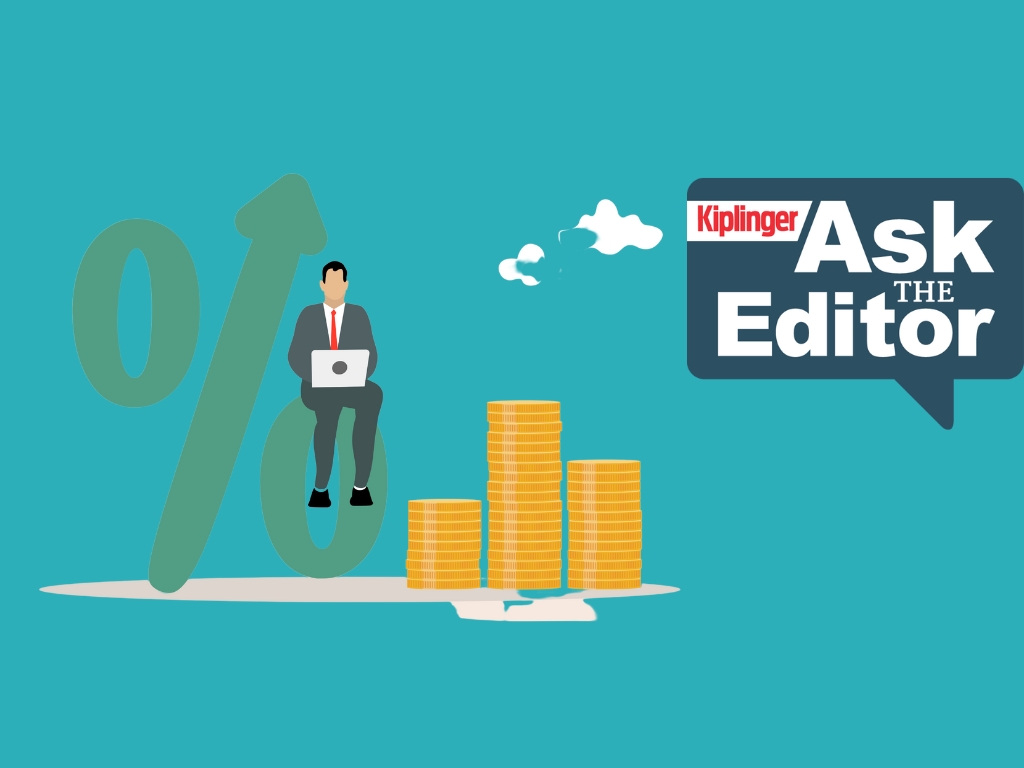 Ask the Editor, July 17: Tax Questions on the New Tax Law
Ask the Editor, July 17: Tax Questions on the New Tax LawAsk the Editor In this week's Ask the Editor Q&A, we answer tax questions from readers on the new tax law.
-
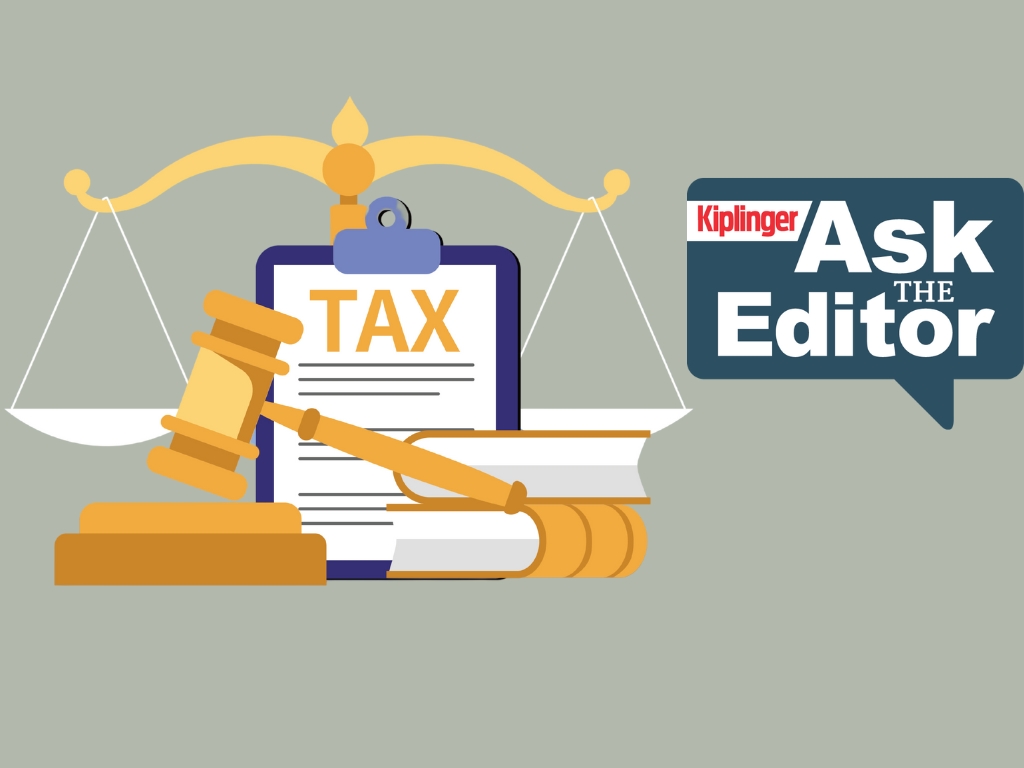 Ask the Editor, July 4: Tax Questions on Inherited IRAs
Ask the Editor, July 4: Tax Questions on Inherited IRAsAsk the Editor In this week's Ask the Editor Q&A, we answer tax questions from readers on the rules on inheriting IRAs.
-
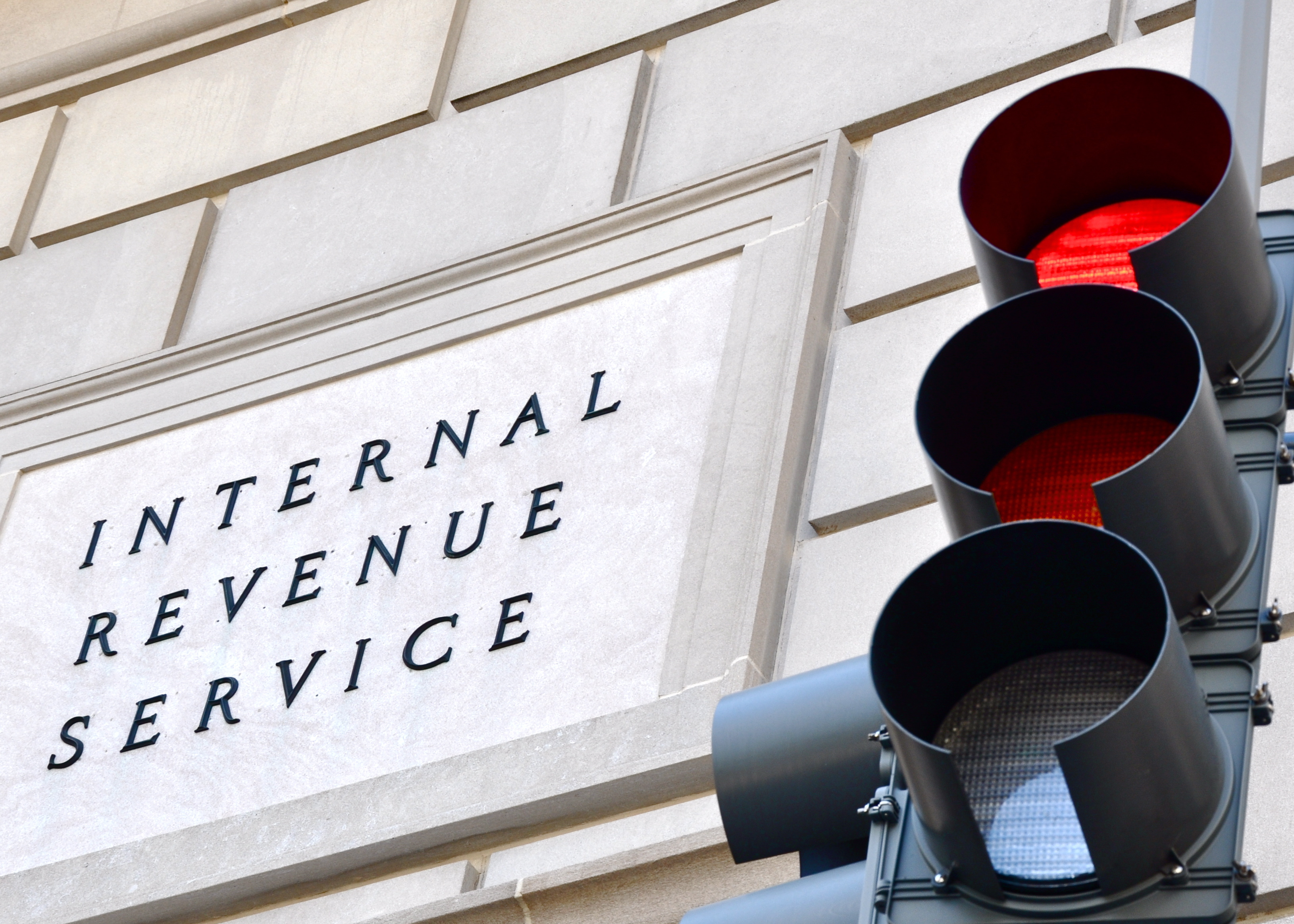 IRS Watchdog: Three Problems the IRS Must Address in 2025
IRS Watchdog: Three Problems the IRS Must Address in 2025IRS The tax season is over, but new changes to the IRS can pose risks to your taxpayer experience.
-
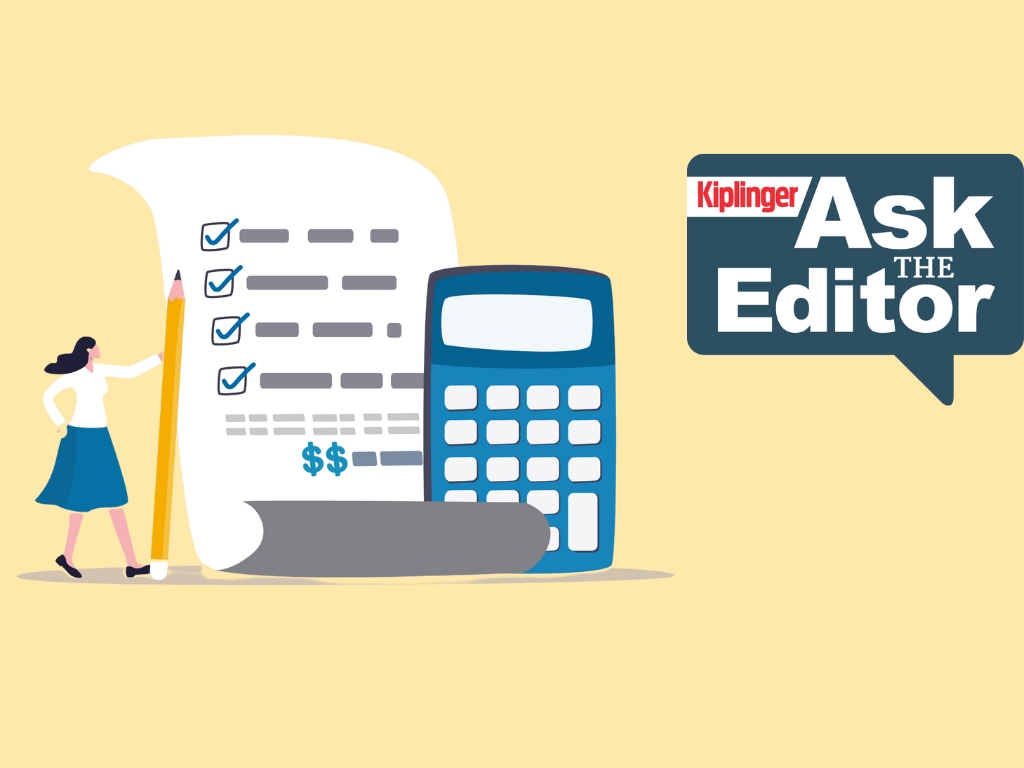 Ask the Editor, June 27: Tax Questions on Disaster Losses, IRAs
Ask the Editor, June 27: Tax Questions on Disaster Losses, IRAsAsk the Editor In this week's Ask the Editor Q&A, we answer tax questions from readers on paper checks, hurricane losses, IRAs and timeshares.
-
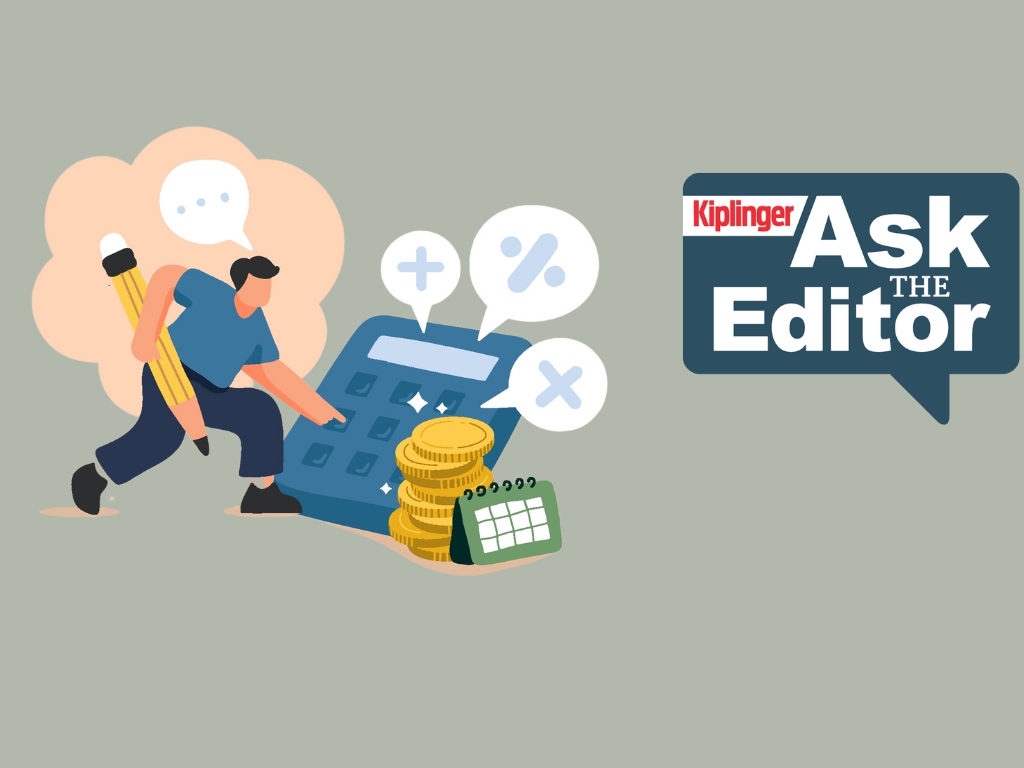 Ask the Editor, June 20: Questions on Tax Deductions and IRAs
Ask the Editor, June 20: Questions on Tax Deductions and IRAsAsk the Editor In our latest Ask the Editor round-up, Joy Taylor, The Kiplinger Tax Letter Editor, answers four questions on deductions, tax proposals and IRAs.
-
 Don't Miss These Four Tax Breaks for Americans Living Abroad in 2025
Don't Miss These Four Tax Breaks for Americans Living Abroad in 2025International Tax U.S. expats can reduce their tax burden by taking advantage of a handful of tax credits and deductions.
-
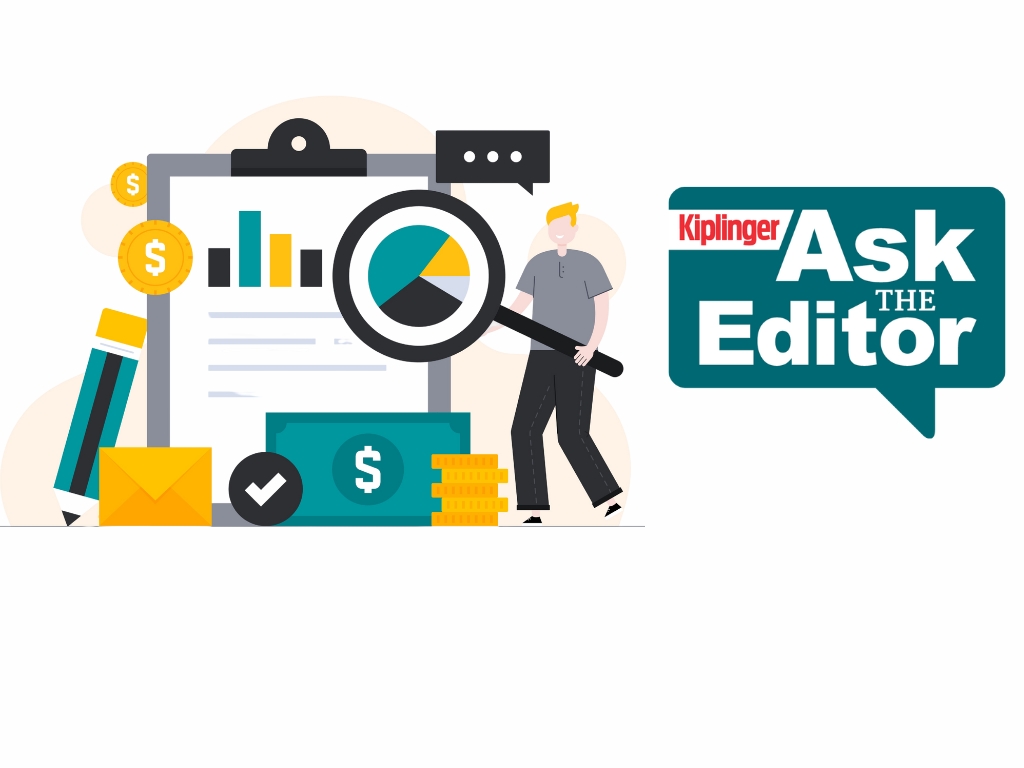 Ask the Editor, June 13: Questions on Home Sales and Taxes
Ask the Editor, June 13: Questions on Home Sales and TaxesAsk the Editor In our latest Ask the Editor round-up, Joy Taylor, The Kiplinger Tax Letter Editor, answers questions on home sales and calculating tax basis in a home.
-
 Ask the Editor, June 6: Questions on Hobby Losses, Medicare
Ask the Editor, June 6: Questions on Hobby Losses, MedicareIn our latest Ask the Editor round-up, Joy Taylor, The Kiplinger Tax Letter Editor, answers questions on hobby losses, I bonds and Medicare premiums.
